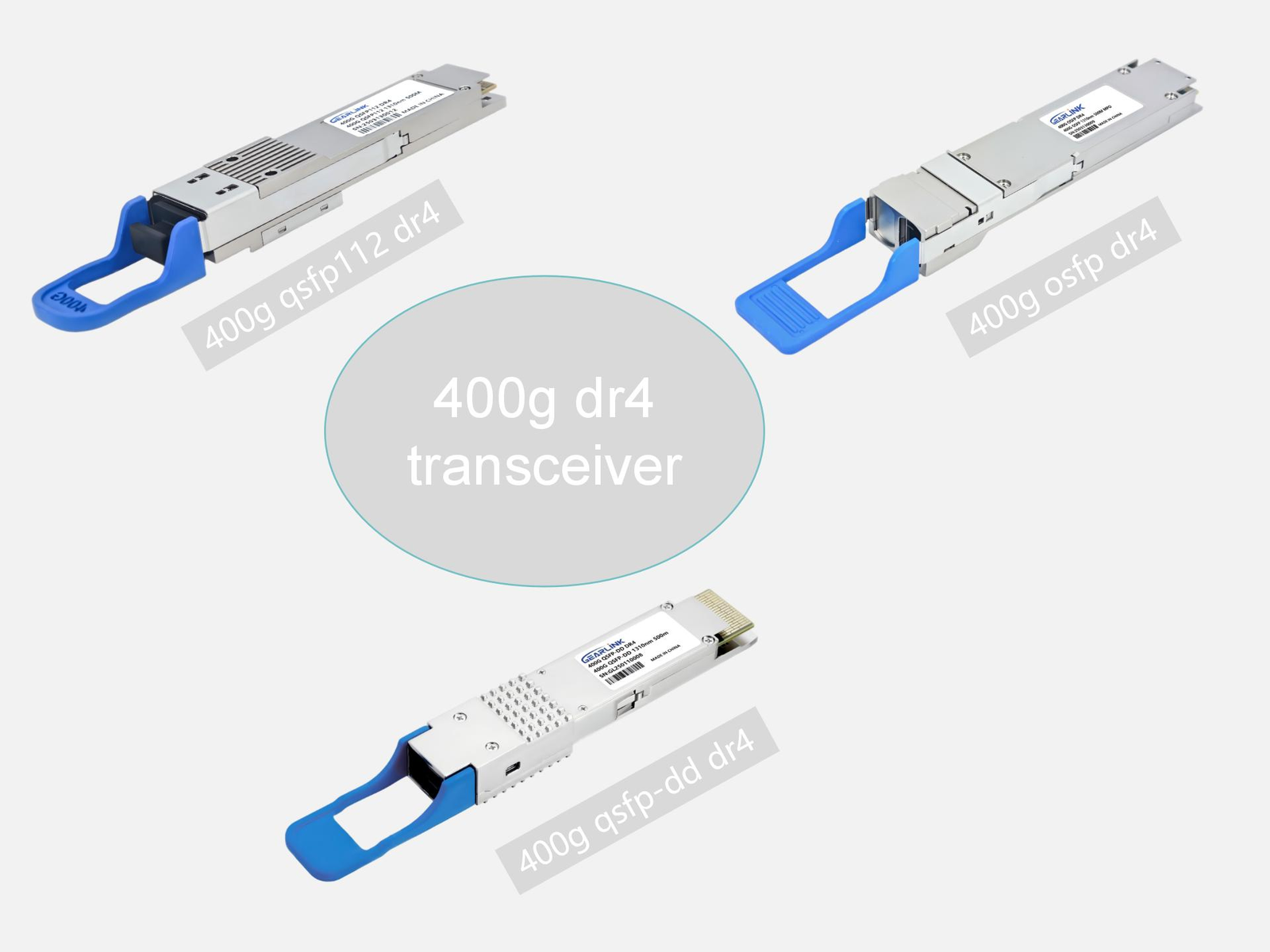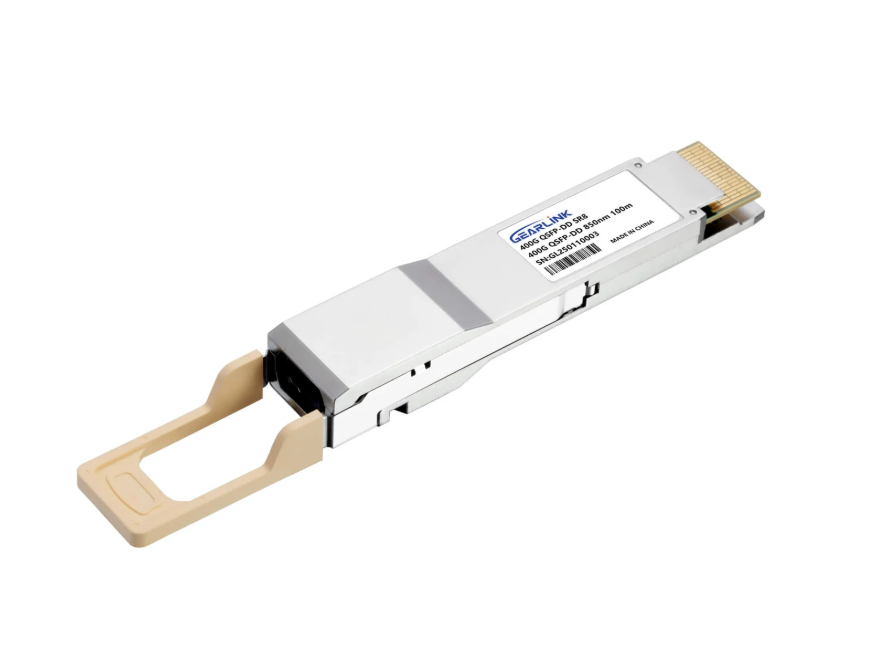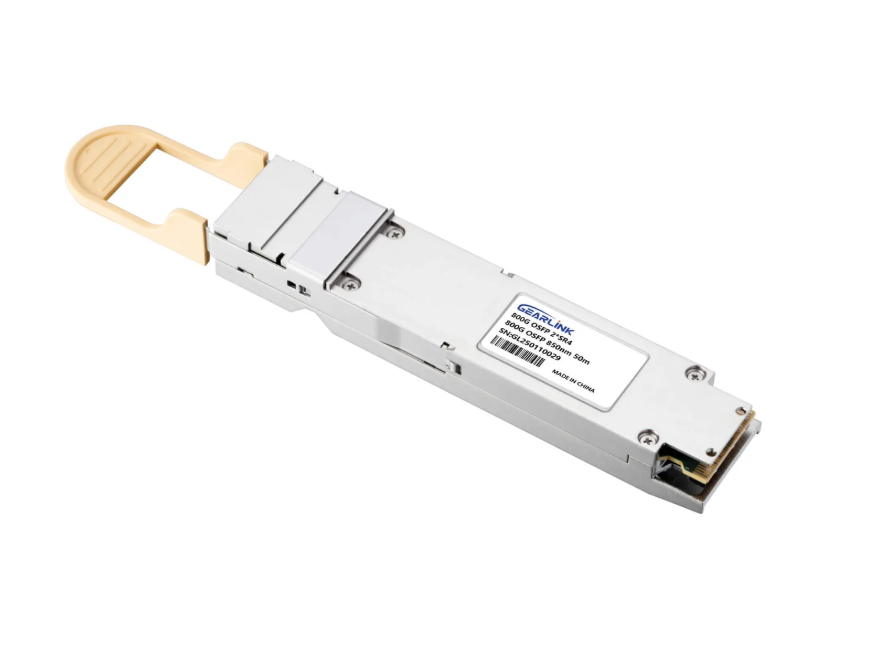Introduction: Understanding the Power of Optical Modules in Networking
As the demand for faster, more efficient, and scalable networks grows, Optical Modules have become crucial components in modern telecommunications and data networks. These modules, which convert electrical signals into optical signals, enable long-distance, high-speed communication that is essential for today’s digital economy. For businesses across the United States, investing in Optical Modules can significantly enhance network performance, reduce latency, and future-proof their infrastructures.
In this article, we will delve into the key features and advantages of Optical Modules, explore their applications, and explain why they are indispensable for businesses aiming to stay ahead in the highly competitive U.S. market. Whether you’re operating a data center, a telecom company, or an enterprise network, understanding the value of Optical Modules is key to making informed decisions about your network infrastructure.
What Are Optical Modules?
Optical Modules are small devices that facilitate the transmission of data over fiber optic cables. They convert electrical signals from networking equipment into optical signals, which can travel over long distances with minimal loss and interference. These modules are available in different form factors, such as SFP (Small Form-factor Pluggable), SFP+, QSFP (Quad Small Form-factor Pluggable), and others, each designed for specific network needs and data rates.
Whether you are looking to upgrade an existing network or build a new one from the ground up, Optical Modules provide a reliable, high-speed, and cost-effective solution for enhancing your network’s capabilities.
Key Features and Benefits of Optical Modules

1. High-Speed Data Transmission
One of the primary advantages of Optical Modules is their ability to support incredibly fast data transmission rates. As modern networks require high bandwidth to handle everything from cloud computing to video streaming, Optical Modules are designed to deliver speed and reliability. These modules are available in speeds ranging from 1 Gbps to 400 Gbps, making them ideal for businesses that need to transfer large volumes of data quickly and efficiently.
For example, U.S.-based enterprises operating in fields such as telecommunications, cloud services, and video conferencing rely on Optical Modules to meet the demands of high-speed data transfer. By incorporating Optical Modules into their network infrastructures, businesses can ensure seamless communication and faster data processing.
2. Long-Distance Communication
Another key benefit of Optical Modules is their ability to transmit data over long distances with minimal signal loss. Unlike traditional copper cables, which experience significant degradation over distance, fiber-optic cables equipped with Optical Modules maintain signal integrity even over vast stretches of network infrastructure. This makes them ideal for telecom providers, internet service providers (ISPs), and enterprises that require efficient long-distance communication.
In the U.S., this is particularly important for telecom operators and large corporations that need to connect data centers, branch offices, and remote locations. Optical Modules offer a high-performance solution for businesses with geographically dispersed operations, ensuring uninterrupted and reliable communication.
3. Low Latency
In industries where real-time data exchange is critical, such as financial services, gaming, and telemedicine, latency is a major concern. Optical Modules are designed to minimize latency, ensuring that data is transmitted as quickly as possible. This is especially important in sectors where even milliseconds of delay can result in lost opportunities or compromised performance.
For example, financial institutions in the U.S. that rely on real-time trading systems need low-latency networks to gain a competitive edge. By adopting Optical Modules, these companies can ensure that their data is processed and transmitted with minimal delay, allowing them to respond faster to market changes and improve their overall service quality.
4. Scalability and Flexibility
As businesses grow and data consumption increases, scalability becomes a critical factor in network design. Optical Modules provide the flexibility to scale network speeds as needed. They can easily be upgraded to support higher data transfer rates, allowing businesses to future-proof their networks without having to invest in entirely new infrastructure.
This scalability is particularly beneficial for U.S. data centers and telecom companies, which often face fluctuating demands for bandwidth. With Optical Modules, these businesses can adapt their network infrastructures quickly and cost-effectively, ensuring that they remain agile in an ever-changing technological landscape.
5. Energy Efficiency
In an era of heightened environmental awareness, energy efficiency is a priority for many U.S.-based businesses. Optical Modules are more energy-efficient than traditional copper-based solutions, consuming less power while delivering superior performance. This translates into lower operating costs for businesses and helps reduce their carbon footprint.
For data centers, which are major energy consumers, adopting Optical Modules can lead to significant cost savings and help meet sustainability goals. By switching to fiber-optic technology, companies can optimize their energy usage while maintaining high-speed connectivity.
Applications of Optical Modules
1. Telecommunications
Telecom providers are among the biggest beneficiaries of Optical Modules. With the increasing demand for high-speed internet and mobile data, telecom networks must be equipped to handle vast amounts of data traffic. Optical Modules enable long-distance, high-bandwidth communication, ensuring that telecom companies can provide fast and reliable service to their customers.
2. Data Centers
Data centers rely heavily on Optical Modules to manage and optimize their internal and external data traffic. These modules enable high-speed connections between servers and storage systems, allowing data centers to support the growing demand for cloud-based services, big data analytics, and virtualized environments.
For U.S. businesses operating large data centers, Optical Modules are essential for maintaining performance, reducing downtime, and increasing overall efficiency.
3. Enterprise Networks
For enterprises looking to enhance their internal networks, Optical Modules offer the performance and scalability needed to support high-demand applications. Whether connecting branch offices or supporting cloud-based applications, these modules provide the speed and reliability required for seamless business operations.
4. 5G Networks
As 5G technology continues to expand, Optical Modules are playing an essential role in supporting the infrastructure. These modules facilitate high-speed, low-latency communication, making them a crucial component in the development of 5G networks.
Why U.S. Businesses Should Invest in Optical Modules
- Improved Network Performance: By upgrading to Optical Modules, businesses can significantly improve their network speeds, reduce latency, and increase overall efficiency.
- Cost Savings: Optical Modules offer energy efficiency and scalability, allowing businesses to save on operating costs and future-proof their networks.
- Long-Term Reliability: The durability and reliability of Optical Modules ensure that businesses can maintain high-performance networks for years to come.
Conclusion: Future-Proof Your Network with Optical Modules
As data demands continue to rise, Optical Modules have become a critical component in ensuring that businesses can keep up with the ever-growing need for faster, more efficient communication. Whether you’re a telecom provider, a data center, or an enterprise, incorporating Optical Modules into your network infrastructure will enhance performance, reduce costs, and provide the scalability needed to support future growth.
For U.S. businesses looking to remain competitive in the digital age, Optical Modules are an investment that will pay dividends in the form of faster, more reliable, and more cost-effective networks.






